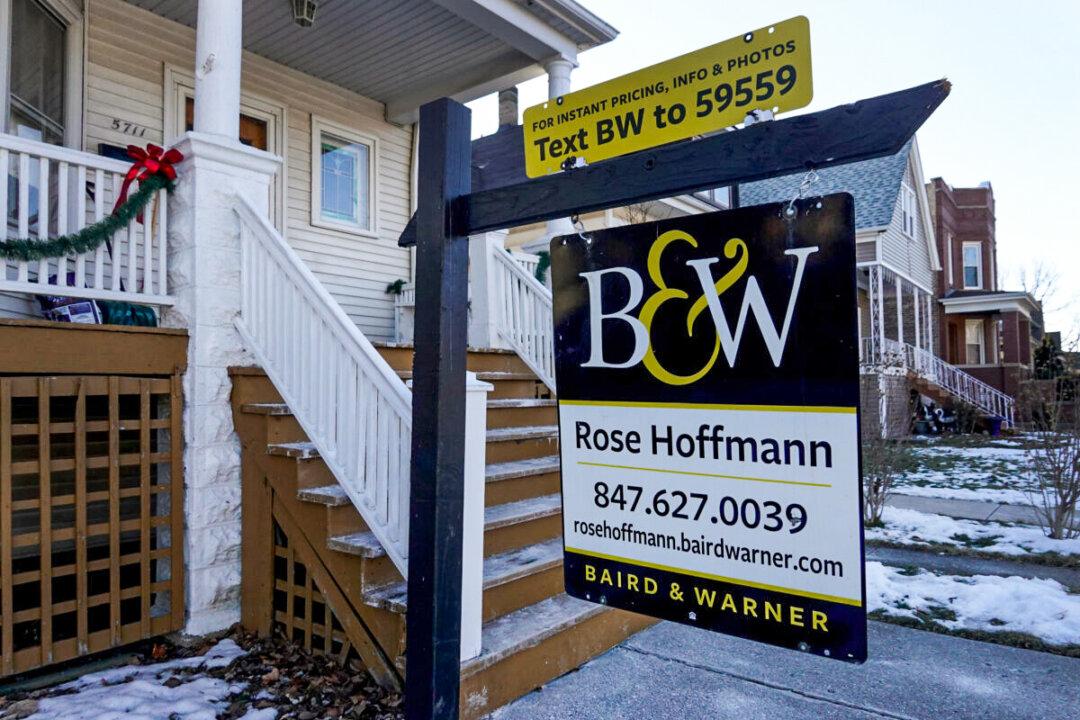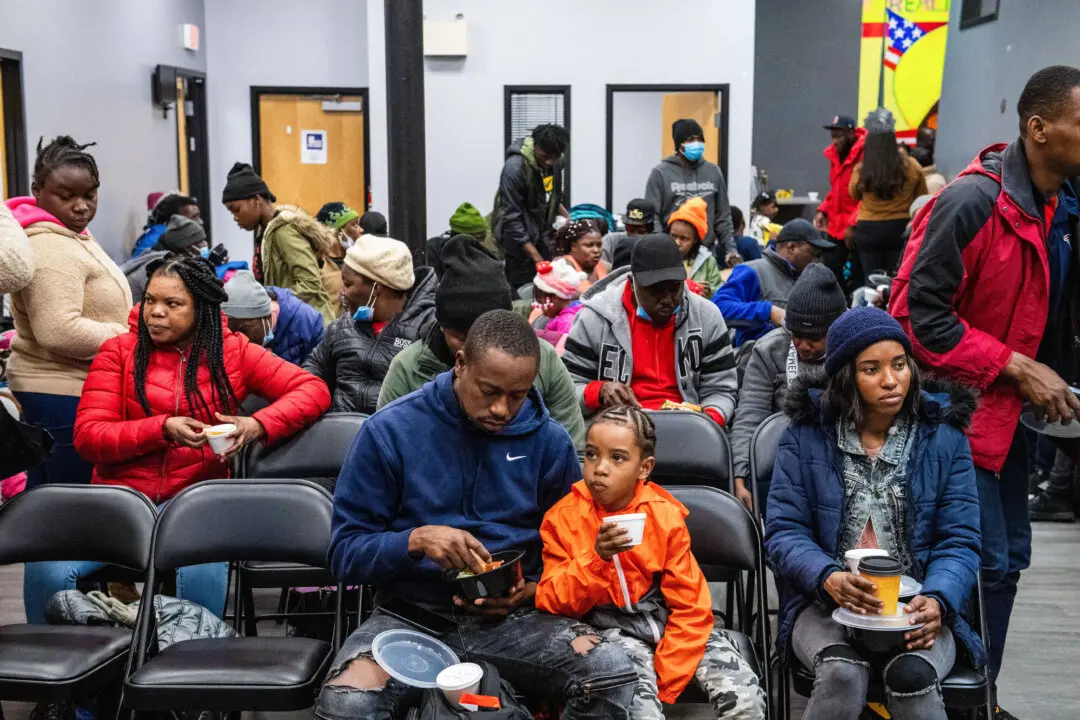Demand for adjustable rate mortgages (ARM) is increasing as homebuyers look for lower interest rates on loans and the share of ARM applications among total mortgage inquiries rises to its highest level in more than two decades, according to the Mortgage Bankers Association (MBA).
Mortgage applications to buy a home rose by 5 percent for the week ending May 6 on a seasonally adjusted basis compared to a week earlier, according to a May 11 MBA press release. On an unadjusted basis, applications rose by 5 percent on a weekly basis and dropped 8 percent when compared to the same week in 2021.





